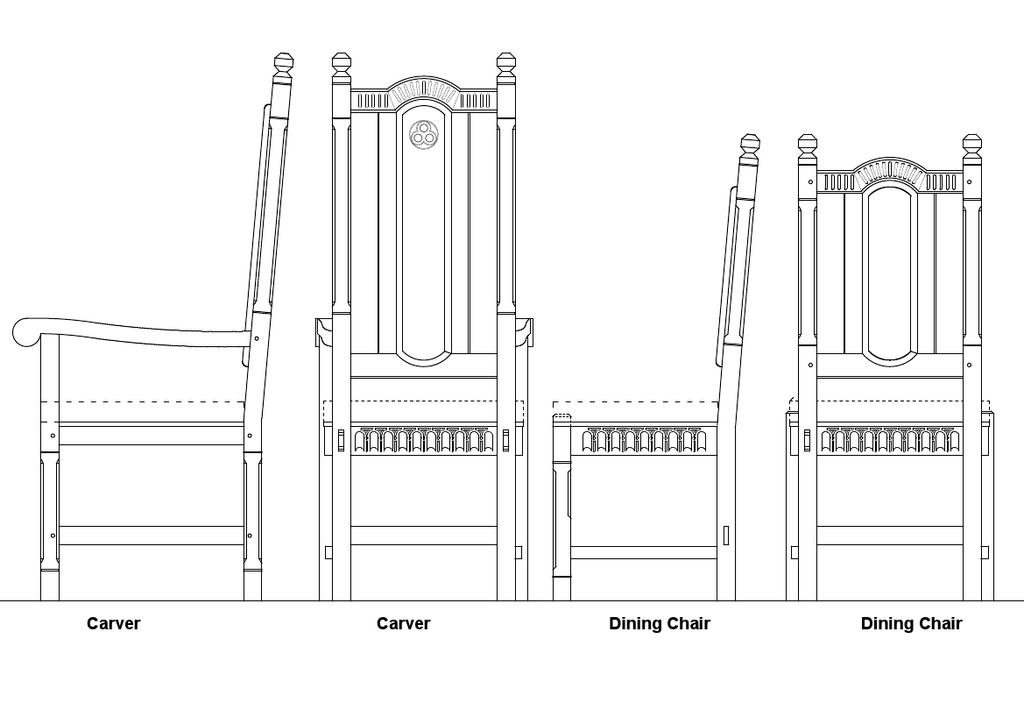MikeG.
Established Member
Possibly later this year I want to build a big pedestal dining table and 10 chairs, in oak. The ensemble is to be in a Jacobean/ Tudor/ whatever sort-of style. I'm happy with the chairs, but I can't make up my mind on the pedestal design. Here are some of the options I am contemplating:

The criteria I am looking at include not having a single post in the middle so that those sitting at the ends of the table can put their feet on the foot. Before you get too excited, option E is not turned, but cut out with 4 "flat" identical faces. Options F and G have stopped chamfers, possibly aggressive enough that the bulk of the legs are octagonal, and the cross bar could be either pegged or through tenoned into them.
So, whaddya think? Which one should I go for, or what would you change on any of the choices? If you don't like any, I've got approx 20 others to choose from......

The criteria I am looking at include not having a single post in the middle so that those sitting at the ends of the table can put their feet on the foot. Before you get too excited, option E is not turned, but cut out with 4 "flat" identical faces. Options F and G have stopped chamfers, possibly aggressive enough that the bulk of the legs are octagonal, and the cross bar could be either pegged or through tenoned into them.
So, whaddya think? Which one should I go for, or what would you change on any of the choices? If you don't like any, I've got approx 20 others to choose from......



































